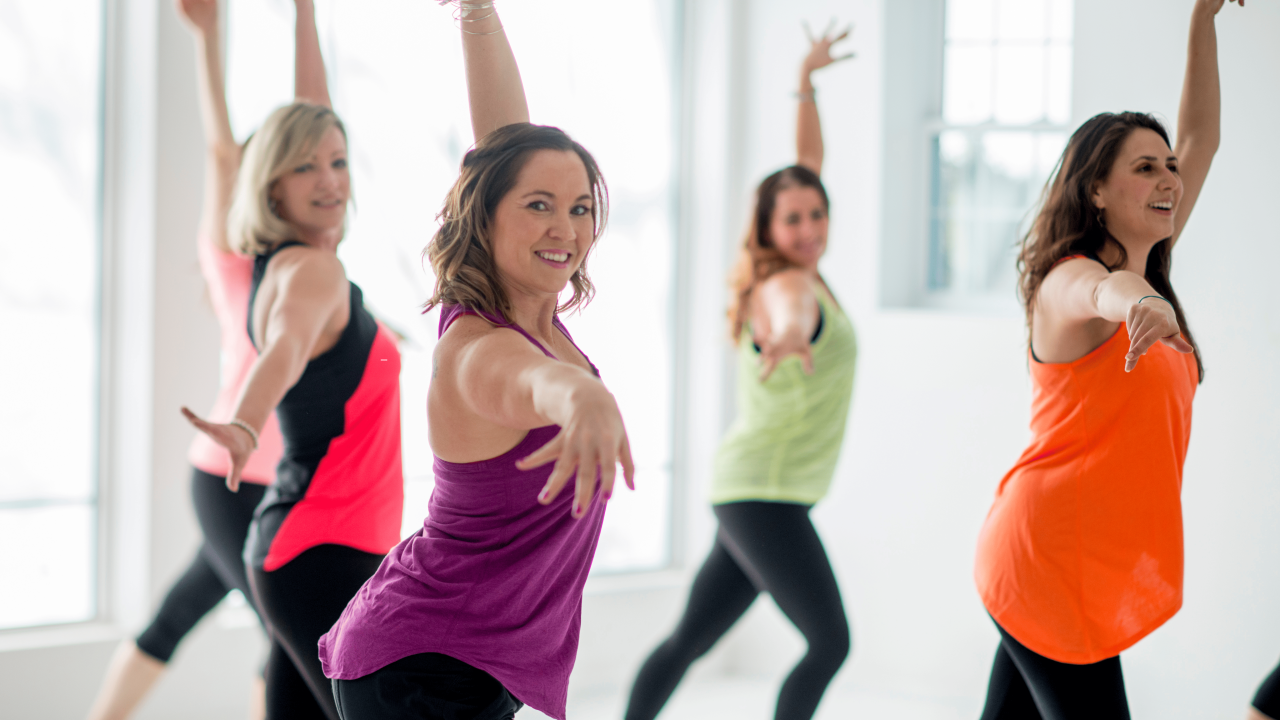
The Power of Coordination: Enhancing Movement and Memory Through Targeted Exercises
Coordination is a key aspect of physical health that combines strength, flexibility, balance, and timing to execute precise and efficient movements. While it may not receive as much attention as other fitness components like strength or endurance, coordination is crucial for functional movement and overall quality of life. Developing coordination through specific exercises, such as those found in Pilates and yoga, can also improve cognitive functions, including memory. In this post, we’ll dive into the science of coordination, explore how it enhances both movement and memory, and offer effective exercises to help you improve it.
What is Coordination?
Coordination is the ability to use different parts of the body together smoothly and efficiently. It relies on a complex network of neural pathways connecting the brain to the muscles, enabling smooth and purposeful movements. Good coordination allows us to perform tasks requiring precision, such as reaching for objects, moving rhythmically, or balancing on one leg.
Coordination involves three primary systems:
- Visual System: Your eyes help guide movements.
- Vestibular System: Located in the inner ear, it helps maintain balance.
- Proprioceptive System: Provides awareness of body position and movement in space.
These systems work together to maintain balance and timing, making daily tasks smoother and preventing falls or injuries.
Coordination, Movement, and Cognitive Health
Evidence shows that improving physical coordination can positively impact brain health, especially memory. A 2019 study published in Frontiers in Psychology highlighted that activities requiring motor coordination stimulate brain areas related to learning, memory, and executive functioning. The brain adapts constantly during coordination exercises, enhancing neuroplasticity—the brain’s ability to form new neural connections.
In a 2020 review published in Neuropsychologia, researchers noted that physical exercises involving coordination, like yoga and Pilates, improve the brain’s ability to process information, resulting in better memory performance and cognitive functioning. Regularly challenging the brain with new movements strengthens neural pathways, helping to slow cognitive decline as we age.
Coordination Exercises for Improved Movement and Memory
Here are some exercises from Pilates and yoga that enhance coordination, movement, and memory:
1. Pilates Hundred
- Lie on your back with your legs lifted and extended at a 45-degree angle.
- Lift your head and shoulders, reaching your arms out long at your sides.
- Pump your arms rhythmically while inhaling for five counts and exhaling for five counts.
- Complete 100 arm pumps, focusing on breath, rhythm, and core engagement.
Benefits: Improves breath control, rhythm, and core strength, enhancing coordination between breathing and movement.
2. Yoga Tree Pose (Vrksasana)
- Stand with feet together and shift your weight onto your left leg.
- Place your right foot on the inside of your left thigh or calf (avoid the knee).
- Bring your hands together in front of your chest or raise them above your head.
- Hold for 30 seconds to 1 minute, then switch sides.
Benefits: Improves balance and coordination between visual, vestibular, and proprioceptive systems.
3. Pilates Side-Kick Series
- Lie on your side with legs extended, resting your head on your bottom arm.
- Lift your top leg to hip height and kick it forward and back in a controlled manner.
- Engage your core to avoid rolling forward or backward.
- Repeat for 8-10 kicks, then switch sides.
Benefits: Enhances coordination between upper and lower body while improving leg mobility and control.
4. Yoga Eagle Pose (Garudasana)
- Stand on your left leg, crossing your right thigh over your left.
- Wrap your right foot around your left calf, if possible.
- Cross your arms at the elbows, bringing palms together.
- Focus on a point to maintain balance and hold for 15-30 seconds, then switch sides.
Benefits: Enhances coordination and spatial awareness through intricate arm and leg movements.
5. Cross-Lateral Reaches
- Stand with feet hip-width apart.
- Reach your right hand diagonally toward your left knee while lifting the knee.
- Return to standing and repeat on the other side.
- Alternate for 10-15 repetitions on each side.
Benefits: Stimulates communication between brain hemispheres, improving memory and body awareness.
Research Supporting Coordination and Cognitive Benefits
Studies show that coordination exercises benefit cognitive health. A 2018 study in the Journal of Aging Research found that older adults practising coordination exercises had better memory recall and attention. Similarly, a 2021 study in the Journal of Physical Activity and Health linked mind-body exercises like yoga and Pilates to improved memory and mental clarity.
Practical Tips to Enhance Coordination
- Practice Mindfulness: Focus on each movement to enhance neuroplasticity.
- Switch Up Your Routine: Try new exercises to engage different muscle groups and challenge the brain.
- Incorporate Complex Moves: Balance or multitasking exercises stimulate both body and brain.
Conclusion
Coordination is a vital skill for enhancing both physical and cognitive health. By incorporating exercises like those from Pilates and yoga, you can improve movement, balance, and memory. Embrace these practices to enjoy a more connected, mindful, and mentally sharp life.